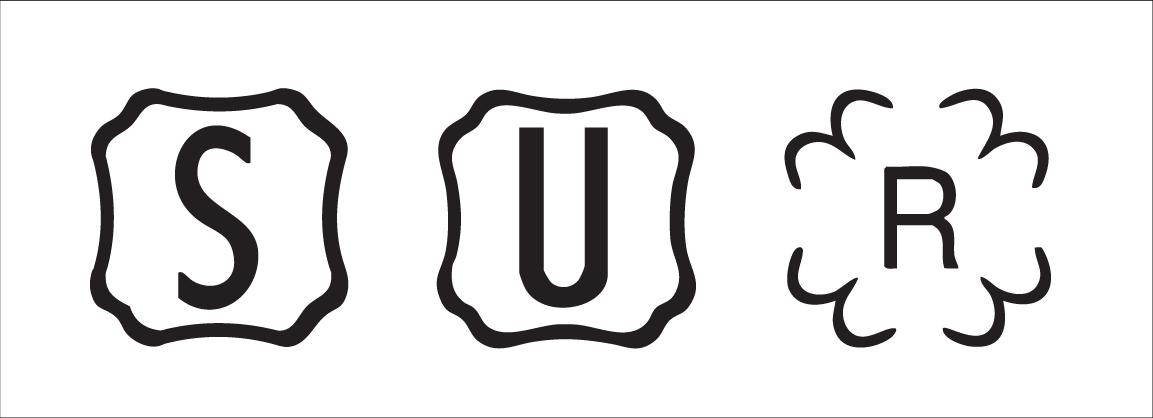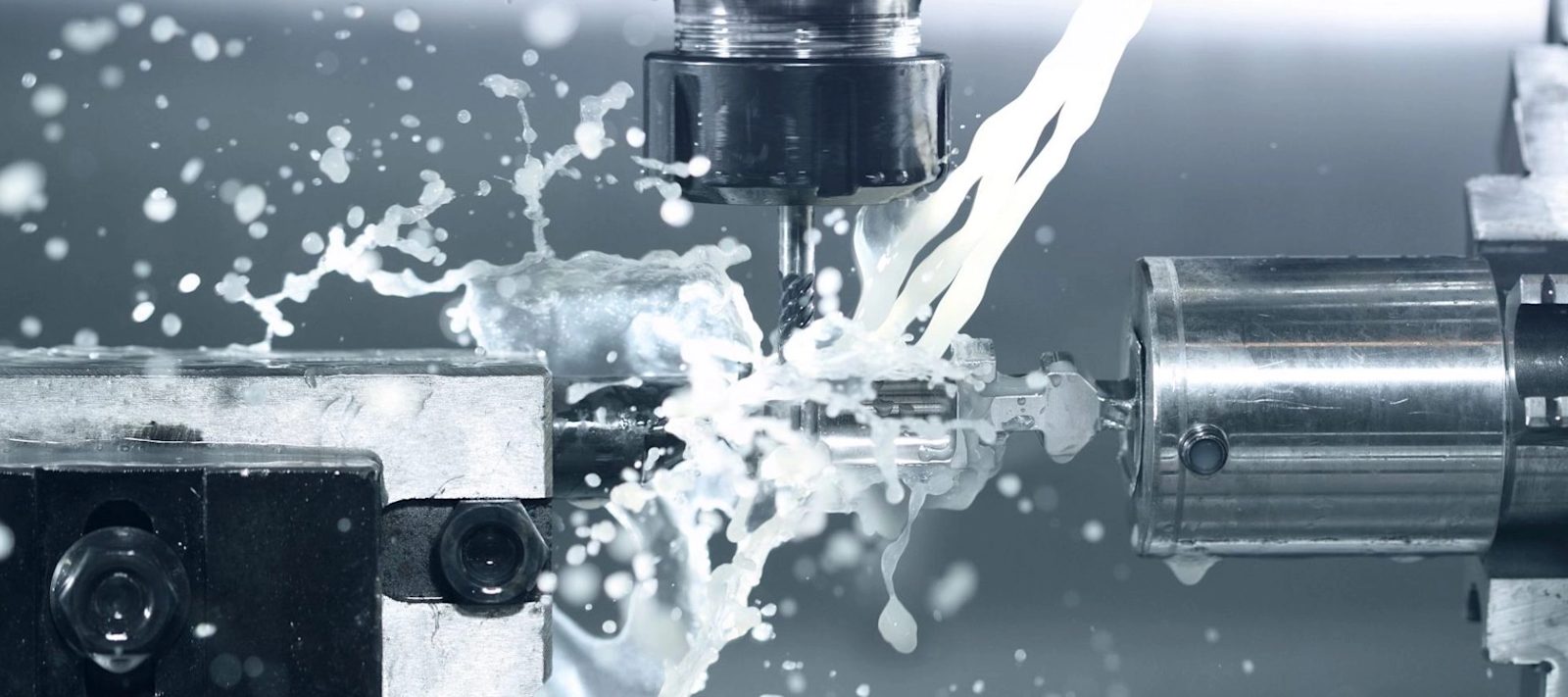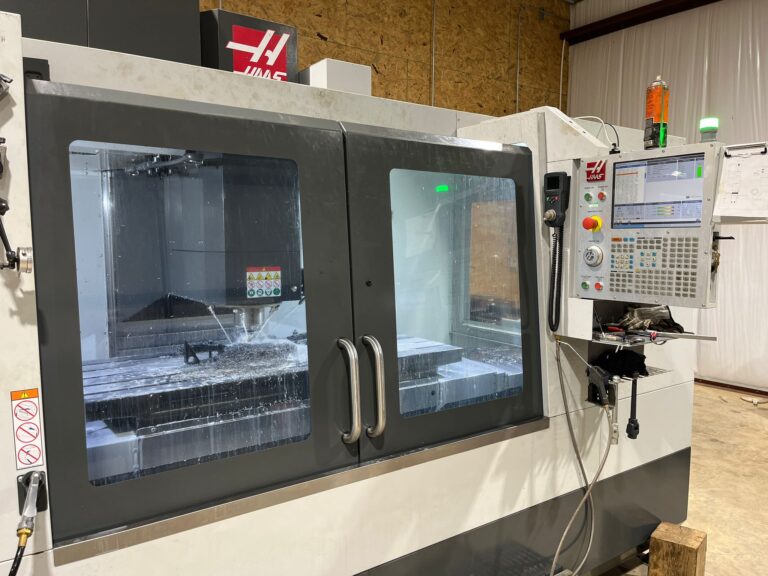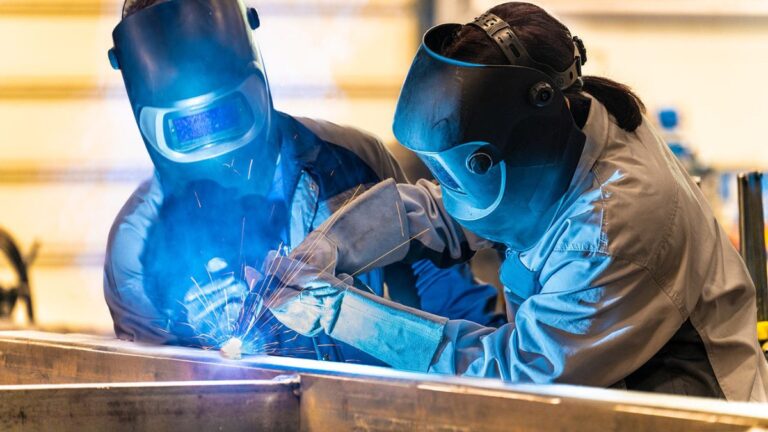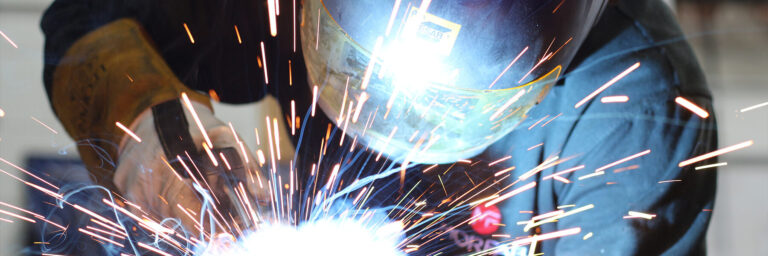When it comes to CNC machining, understanding the basics of good design can make all the difference. Whether you’re new to manufacturing or experienced, optimizing your designs for CNC machining services in Mississippi can save time, reduce costs, and deliver better results. The key is to create designs that are efficient, practical, and machining-friendly from the start.
Understand the Material Before Designing
Choosing the right material is one of the first steps in CNC machining success. Every material behaves differently under cutting tools. Some metals like aluminum are softer and easier to machine, while others like titanium are tough and wear down tools faster. Knowing the properties of your chosen material allows better planning. This helps in minimizing tool wear and maintaining high precision during production.
Harder materials may require slower speeds and special tools. Softer materials allow faster production but may need careful support to prevent bending. Always check if the material’s properties align with your design goals.
Keep Designs Simple and Functional
Simplicity is a golden rule in CNC machining. Complex geometries may look impressive but often result in higher costs and longer production times. A simple design is easier to produce and leads to fewer errors. Clean lines, uniform wall thicknesses, and minimal intricate details improve efficiency.
Deep pockets or sharp internal corners can be problematic. Tools have physical limitations, and designing around these limits ensures the machining process remains smooth. Radiused corners, rather than sharp 90-degree angles, not only ease production but also enhance the strength of your part.
Choose the Right Tolerances
Tolerances dictate how much a part can vary from the design dimensions. Tighter tolerances might seem like the best choice, but they can complicate machining and drive up costs. It’s essential to specify tolerances only where necessary.
Over-tolerancing every feature increases machining time. Instead, focus on areas critical to performance. Let less crucial areas have looser tolerances. This balance ensures the part functions correctly without unnecessary complications.
Optimize Wall Thickness
Thin walls in a design may lead to vibration during machining, causing inaccuracies. It can also increase the risk of the wall breaking. A thicker wall not only makes the part stronger but also supports a smoother machining process.
When designing for CNC machining, it’s best to avoid very thin sections. If your project requires them, ensure they are supported well during the cutting process. Stable designs are easier to machine and offer better longevity in the final product.
Minimize Deep Cavities
Deep cavities can create issues during CNC machining. Cutting tools are limited by their length, and going too deep can lead to tool deflection, vibration, and poor surface finish. To avoid this, designs should minimize cavity depth wherever possible.
If deep features are necessary, consider breaking the design into multiple parts that can be assembled later. This method often proves more cost-effective and delivers a better-quality outcome. It also makes it easier to machine each part with standard tools.
Select the Correct Surface Finish
Surface finish requirements should match the function of the part. A smoother finish may be needed for moving parts or aesthetic pieces, while rougher finishes might be acceptable for internal components. Keep in mind that finer finishes often require more time and specialized tooling.
If a high-polish surface is required, be ready to account for additional machining or post-processing steps. Communicating surface finish expectations early helps streamline the production workflow and avoids surprises later.
Allow for Tool Access
One of the most common mistakes in CNC design is failing to consider tool access. If the cutting tool can’t reach an area properly, it can’t machine it to specification. This can lead to costly rework or part redesign.
Design parts with machining in mind, ensuring there is sufficient clearance for tools. Avoid overly deep features, narrow channels, or undercuts unless absolutely necessary. Accessible designs produce better parts faster and keep production costs under control.
Make Smart Choices About Threads and Holes
Including threads and holes is often necessary in CNC parts. However, designing these features carefully is critical. Standard hole sizes and thread types simplify machining. Uncommon sizes may require custom tooling, adding unnecessary costs.
When designing threaded features, keep in mind that smaller threads are harder to produce accurately. Consider larger, standard-sized threads whenever possible. Also, place holes where tools can access them directly without needing angled or specialized approaches.
Reduce the Need for Post-Processing
The more a part can be finished during the initial CNC machining process, the better. Relying heavily on post-processing can extend lead times and raise expenses. Think about finishes, textures, and secondary operations while designing.
Where possible, design parts that come off the machine close to finished condition. Minimizing secondary operations like sanding, polishing, or coating keeps your production more efficient and predictable.
Final Thoughts
Great CNC machining designs are the result of careful planning, understanding of manufacturing processes, and practical decision-making. Focusing on material choice, simplifying geometries, and setting realistic tolerances all contribute to smoother, faster, and more cost-effective production.
When working with CNC machining services Mississippi, applying these principles ensures a better experience for everyone involved. If you want your CNC projects to be efficient, accurate, and production-ready, start by implementing these tips today. Take the first step towards better designs now!
